At 500px amazing photography is at our core, but these photos would not be possible without the talented people behind the lens. The 500px Spotlight series highlights the global and diverse photographers that are part of the 500px Community.
This week we are excited to introduce you to animal photographer Andrés López.
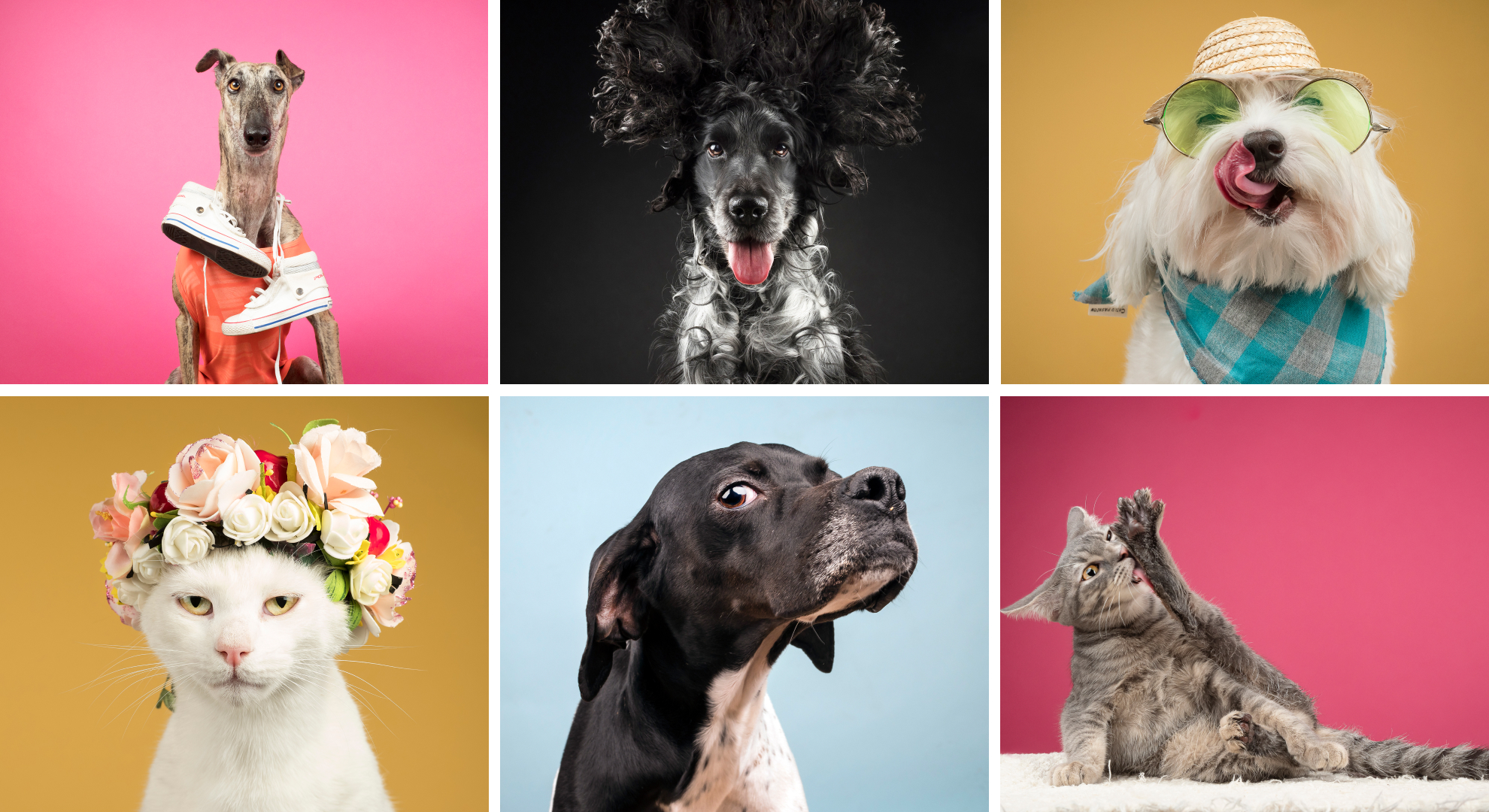
Animal photography is such a specialized field. How did you come to find your niche in capturing people’s beloved pets?
My work as a photographer has always been related to nature and wildlife. After many years you meet many people who are dedicated to caring for animals. One day I discovered that the animals abandoned in kennels and shelters of protective associations needed good portraits so that they were visible and attractive, and that is how I have dedicated myself to this work for seven years, in a totally altruistic way.
How do you work with dogs and cats, that can often be frantic, and get them to stay still in front of the camera?
It is not easy! My most important advice is patience, and a lot of respect for the animal.
In my work, animals are usually very deteriorated physically and psychologically, so it is essential to treat them with patience and respect. You have to earn their trust, and expect that look that says it is all about them.
Can you tell us more about how you planned and shot this image? There is expert use of color, negative space, and light, while still creating a sense of the dog’s personality.
This photograph, like all the ones I take with animals, has a paper background and lighting based on two or three flashes with light boxes. Since I work directly in animal shelters, I use a “portable study”. So, all my work is very manual, it has no digital backgrounds, just a few adjustments to brightness and contrast.
I took this specific photograph of the dog Katherine, to illustrate the month of July in a solidarity calendar for an association for the defense of animal rights in Spain. Katherine has been an abandoned dog for many years, and never finishes finding a new home. This, and other photographs, serve to make the issue visible.
In a blog post, you stated how nonhuman animals are also subject to beauty ideals and that this gave birth to the Invisibles Project. Can you tell our audience what this project is about?
The “Invisibles Project” was created to make animals abandoned in kennels and shelters in Spain visible, using studio photography as a tool. It is about “restoring their dignity”, something that I am convinced they lose when, after a bad life, they are locked in a cage and wait for months and years for someone to adopt them.
I started this project seven years ago, and it is still open, because as long as there is a dog or a cat abandoned by their family, I feel a moral obligation to try to make a photograph that can be their “passport” to a new life.
How did you find the dogs to photograph for the series, and what impact are you hoping to leave on viewers?
Most of my animal portraits always pursue a connection with the viewer through the animal’s gaze. I am obsessed with the look. I believe that the look is the most important thing to connect an abandoned animal with its possible new family. I hardly ever photograph the whole body, I live obsessed with the eyes of these animals and what they transmit.
When I started this photographic project, I called the kennels to offer my work. Many people were very surprised that this was free. Now, after seven years, I have a continuous waiting list that I am handling little by little, trying to help all these animals.
On a more technical note, what is in your toolkit for a strong image?
I think that in addition to patience, as I have mentioned before, a photograph of a dog or a cat must have, above all, a message. It can be expressive eyes, a frozen moment playing, or a funny expression, but above all, that shows the animal as it is, without tricks.
But I insist that there has to be a lot of patience in the toolbox of a pet photographer, although this is common for any artistic discipline. If you do not have the patience to wait for a special moment with your camera, better dedicate yourself to another profession.
Now that you have a successful photography studio in Spain, looking back, what do you think were the pillars to that success?
Above all, perseverance, and perseverance in your work. I believe a lot in what I do, I know that I help many animals with my work, and that encourages me every day to continue. Work, work, and work, non-stop, insist on what you believe in.
Given the pandemic there has been a boom in people getting pets. What do you hope sticks when things go back to normal, and as someone so in the industry of working with animals, what are your fears?
In the case of Spain, for several months in 2020, we were in this country confined to our homes without being able to leave. The government allowed people who lived with pets, dogs, to go for a walk. This made many people take advantage of the picaresque and animals were adopted from the kennels so that they could get outside. When the government-decreed confinement ended, many of these animals were returned to the kennels.
In Spain, many pets are abandoned—more than 150,000 animals, dogs and cats, every year. It’s awful. Many animal rights organizations have awareness campaigns to put an end to this, because during the pandemic this drama has been accentuated.
As an animal photographer, I suffer when I see these facts. I do not like animal abuse, and even less that they are used in such a selfish way.
What is your favorite image on your 500px Profile and why?
I find it very difficult to choose a photograph. They are all from animals with terrible stories that I have met. All photographs are special to me.
Perhaps you could highlight the portrait of the dog Ulrich, a very large mastiff that was abandoned in a kennel for many years. Ulrich didn’t want his picture taken, he didn’t want to pose for me, and he demonstrated it by sitting with his back to the camera. I was very patient and waited, and waited, and waited, until Ulrich turned his head to check if he was still there. I was only able to take this one picture. It was posted on social media, and a few days later he was adopted by a family. This was about six years ago. A few days ago, they wrote to tell me that old Ulrich had died, calm and loving, in his house.
What surprises do you have in store for your next project? (If you’re able to share, of course.)
The truth is that The Invisibles Project is still open, although I am incorporating new images within the same theme. For two years I have been collecting family portraits with animals that have been adopted. The intention is to create a collection of stories of people who have linked their lives to that of an animal that had lost everything. Possibly all of this ends in a traveling exhibition around the country, like another one that already exists of the Invisibles Project.
Check out past 500px Spotlights:
Teddy Tavan
Ash Camas
Aleksandra Lemke
Priscilla Ong
Dom Piat
Amel Herzi
Seth Macey
Edward Grant
Not on 500px yet? Click here to sign up.

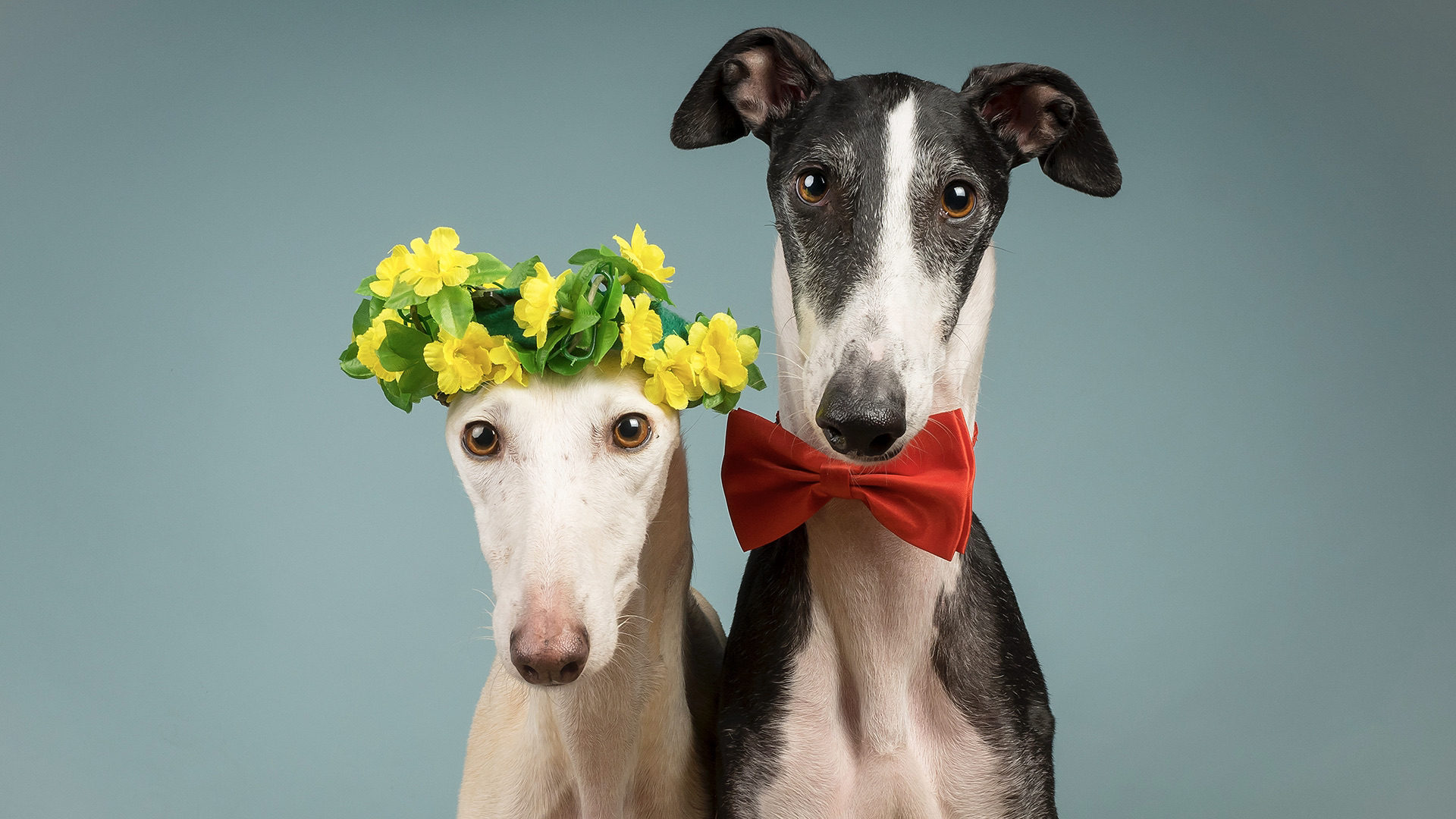
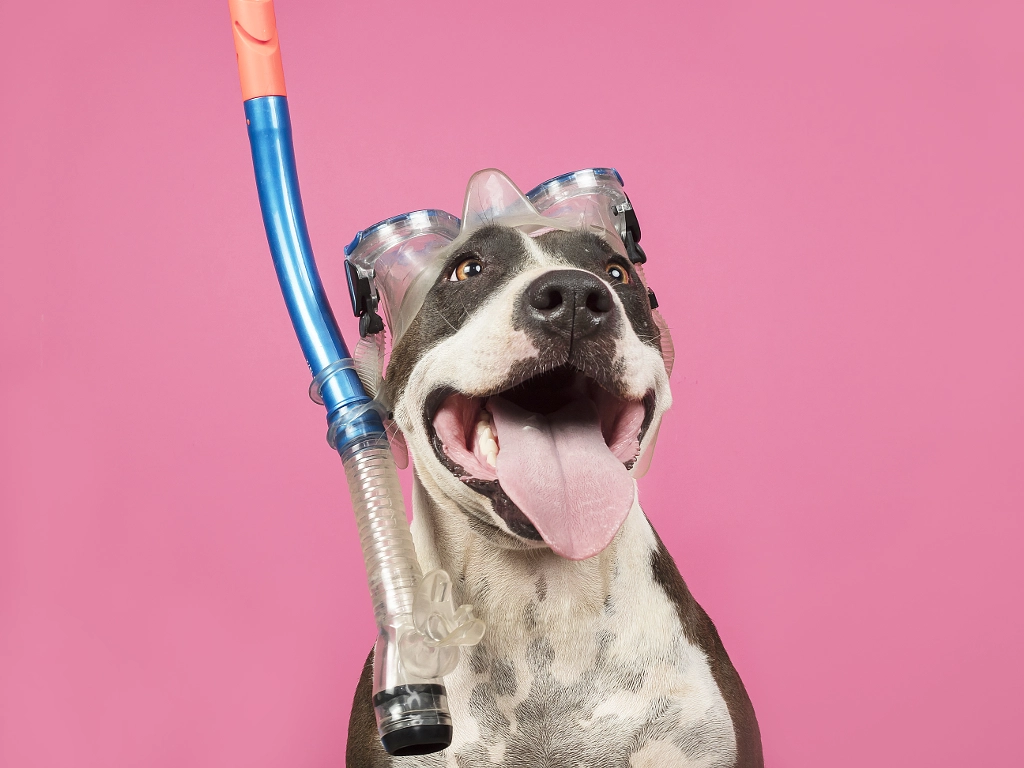
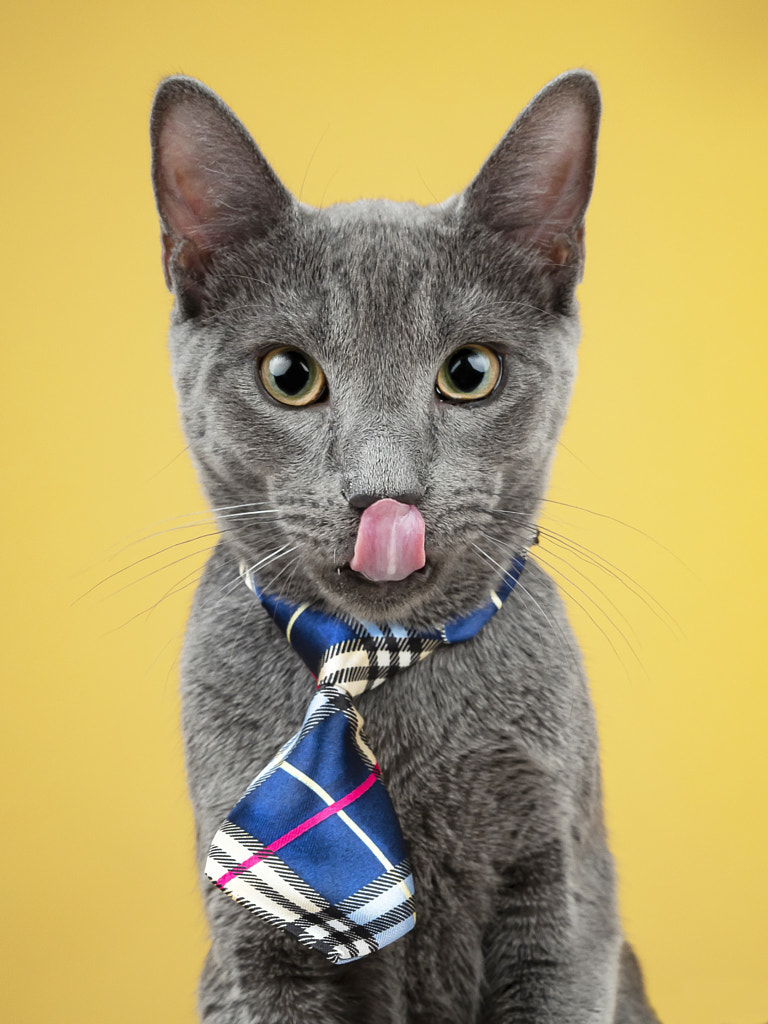

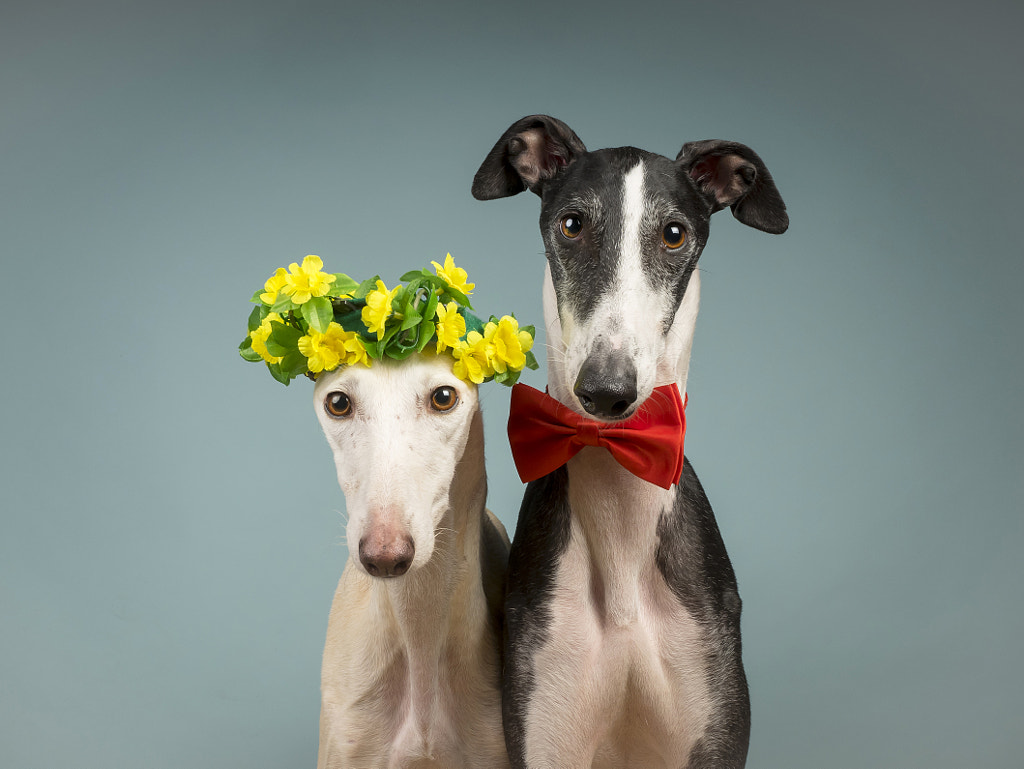
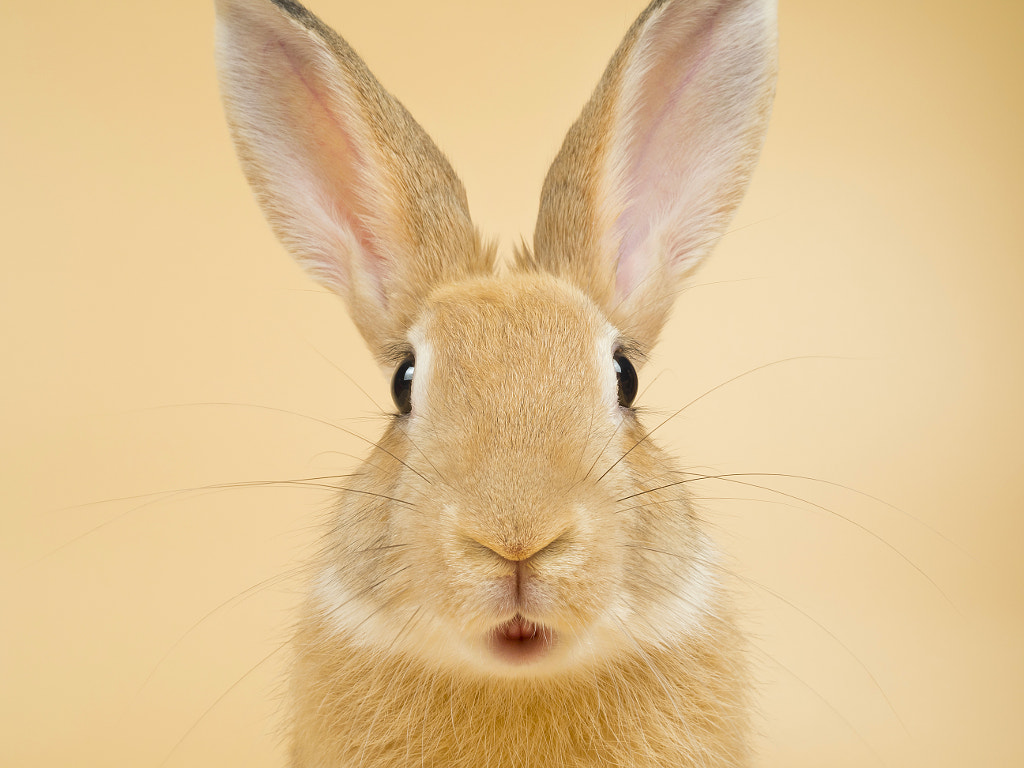
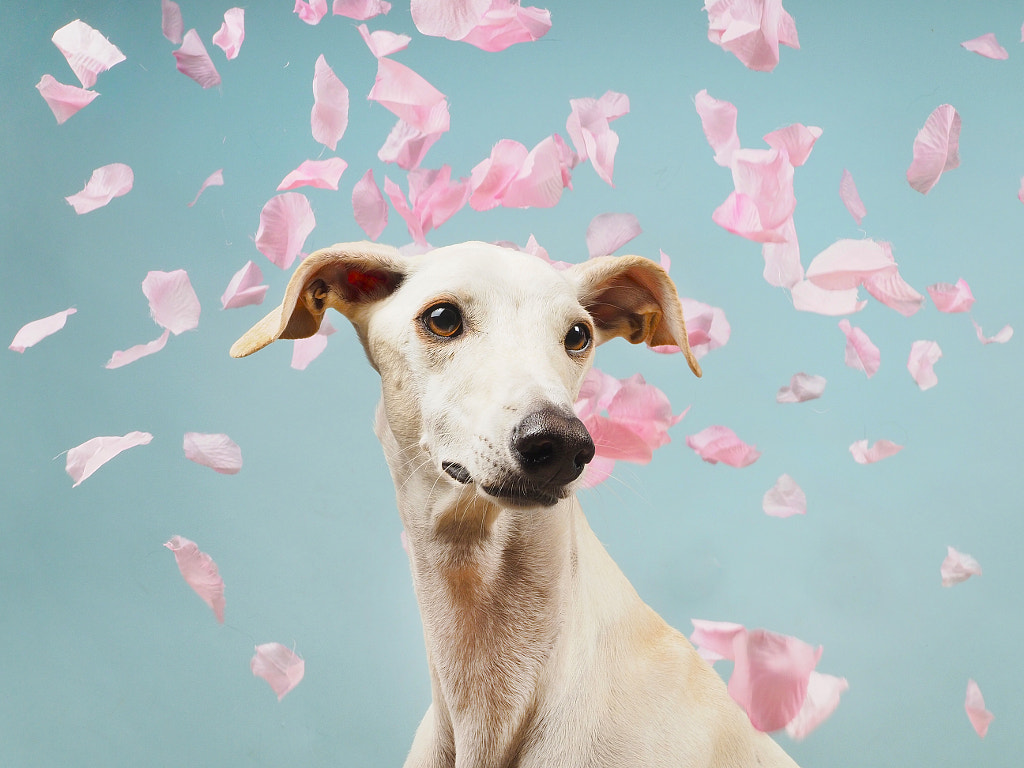
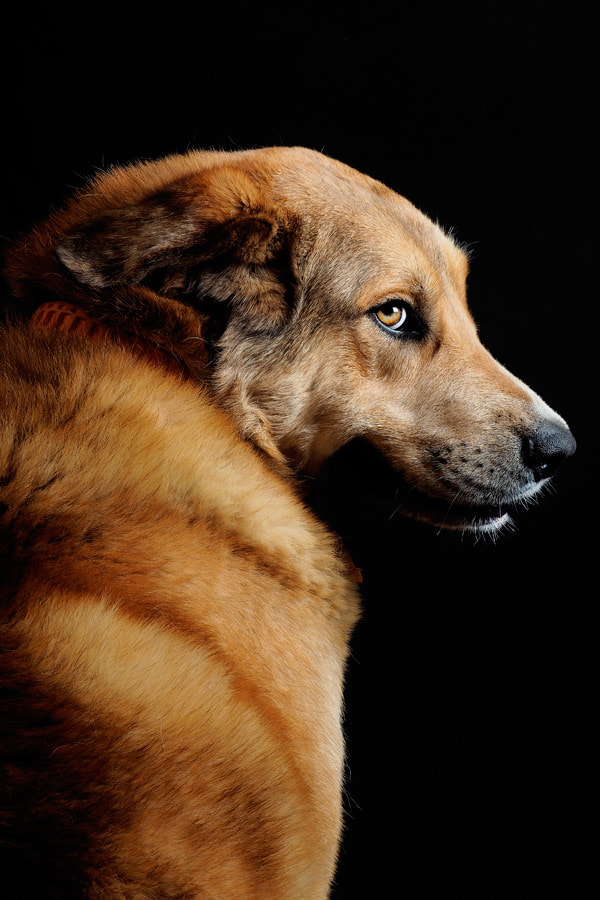
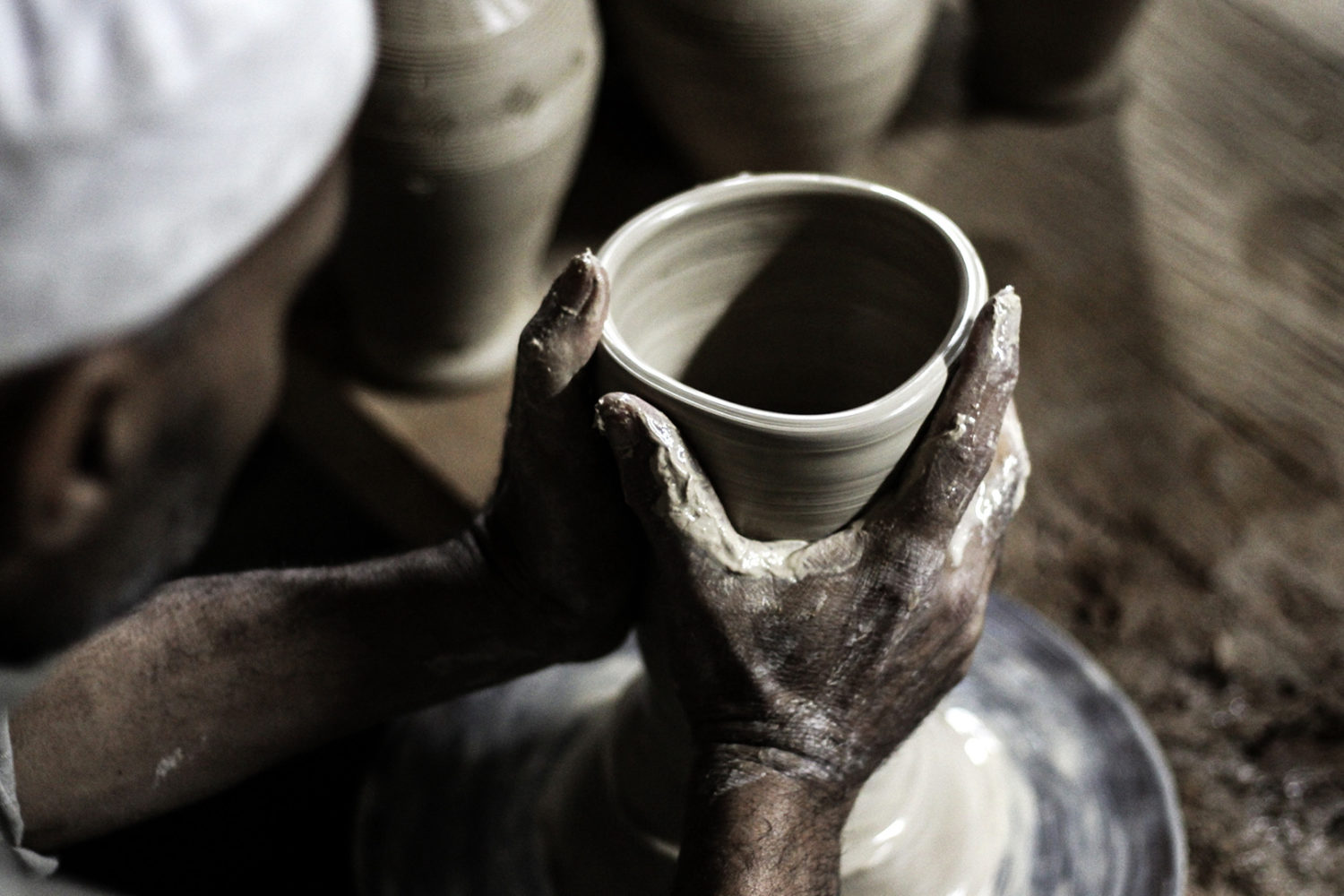


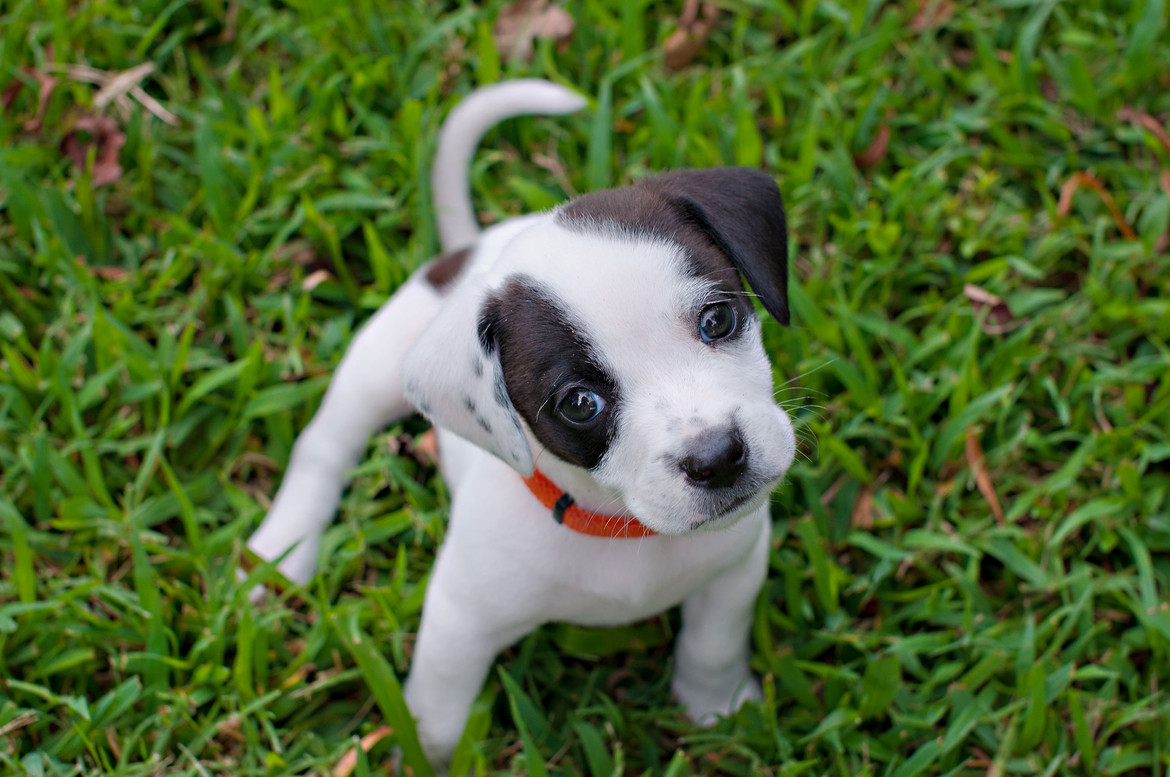
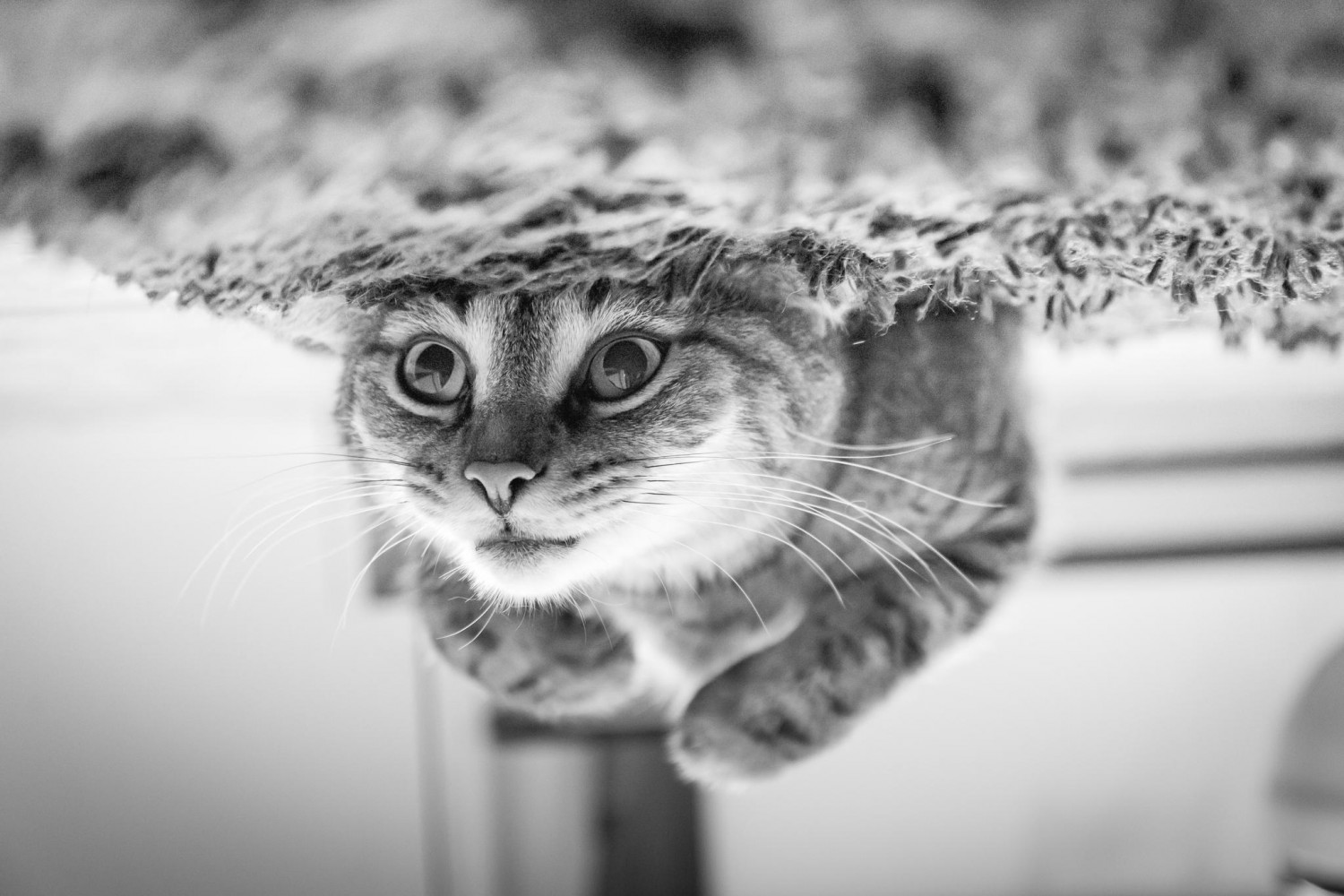
Leave a reply